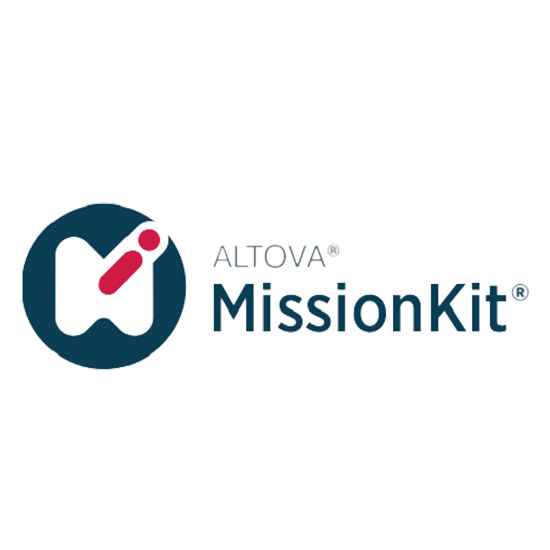Stata 18
Overview: Stata 18 is a powerful statistical software package used for data analysis, data management, and graphics. It is widely used by researchers in various fields, including economics, sociology, political science, biostatistics, and epidemiology. Stata 18 offers a comprehensive suite of tools for data manipulation, statistical analysis, and visualization, making it an essential tool for both novice and experienced data analysts. Key Features:
- Data Management: Efficiently manage and manipulate large datasets with tools for data cleaning, transformation, and merging. Stata supports various data formats, including CSV, Excel, and SQL databases.
- Statistical Analysis: Perform a wide range of statistical analyses, including descriptive statistics, regression analysis, survival analysis, time series analysis, and multilevel modeling.
- Graphics: Create high-quality, publication-ready graphs and charts. Stata offers extensive customization options for visualizing data.
- Programming: Write custom scripts and programs using Stata’s programming language. Automate repetitive tasks and extend Stata’s functionality with user-written commands.
- Reproducible Research: Ensure reproducibility of your research with Stata’s integrated version control and dynamic document creation tools. Generate reports and documents that combine code, output, and narrative.
- User Interface: Stata provides both a graphical user interface (GUI) and a command-line interface, catering to users with different preferences and levels of expertise.
- Extensibility: Access a vast library of user-contributed commands and packages through the Stata community. Extend Stata’s capabilities with additional tools and functions.
- Documentation and Support: Comprehensive documentation and support resources, including manuals, online help, tutorials, and an active user community.
New Features in Stata 18:





